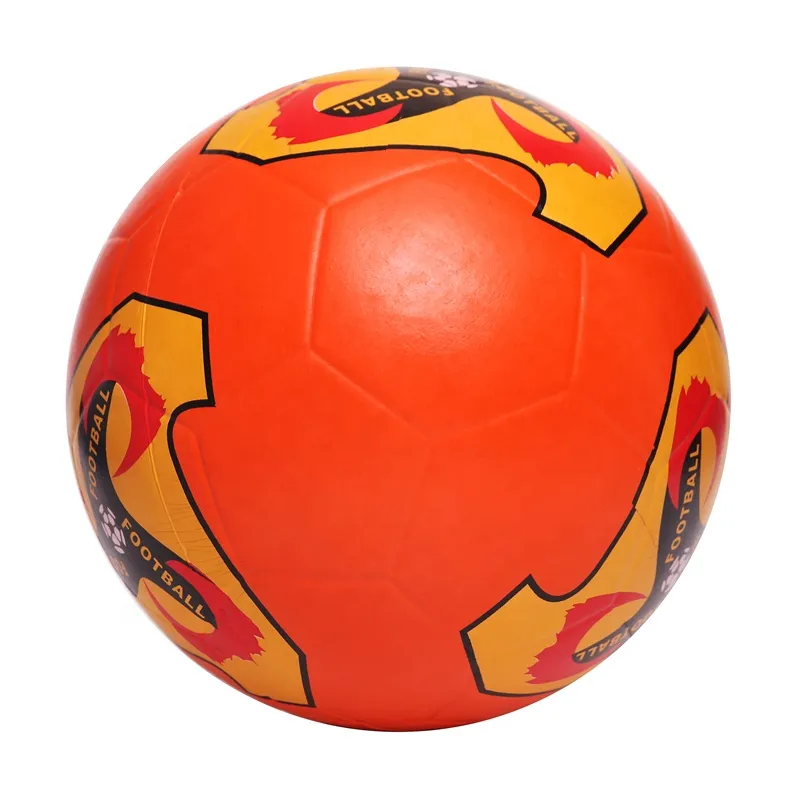Feb . 16, 2025 00:44


Quality Control and Standards Ensuring the superiority of football leather material involves rigorous quality control measures. Various international standards dictate the testing protocols for leather used in footballs. These tests assess factors such as tensile strength, elasticity, and abrasion resistance, ensuring that each ball performs optimally under different playing conditions. Football associations worldwide maintain stringent requirements to ensure consistency across competitive matches. Impact on Player Performance The choice of leather material directly impacts player performance. A well-manufactured leather football offers predictable flight patterns, optimal grip, and control, essential for professional players. The tactile feedback from the leather allows players to judge the force and spin of the ball, crucial for executing precise shots and passes. As a result, professional leagues and players exhibit a distinct preference for certain types of leather balls based on their feel and behavior during play. Environmental and Ethical Considerations As environmental consciousness grows, the football industry faces increasing pressure to adopt sustainable practices. Leather production traditionally involves significant water usage and chemical processing, raising environmental concerns. Therefore, the shift towards synthetic alternatives is not only practical but also ethically appealing. Manufacturers are investing in researching sustainable materials and methods to reduce the ecological footprint of football production. Conclusion Whether through traditional craftsmanship or modern innovation, the material used in footballs has a profound impact on the sport. By understanding the properties and advancements of leather as a material, one gains a deeper appreciation for its role in enhancing both the player's experience and the game's enjoyment worldwide. This knowledge underscores the importance of continuous research and development efforts aimed at improving the quality and performance of footballs while addressing modern ethical and environmental challenges. Ultimately, the future of football leather material looks promising, with advances poised to bring about superior quality balls that respect the tradition and push towards a more sustainable future.











